
zebra finch


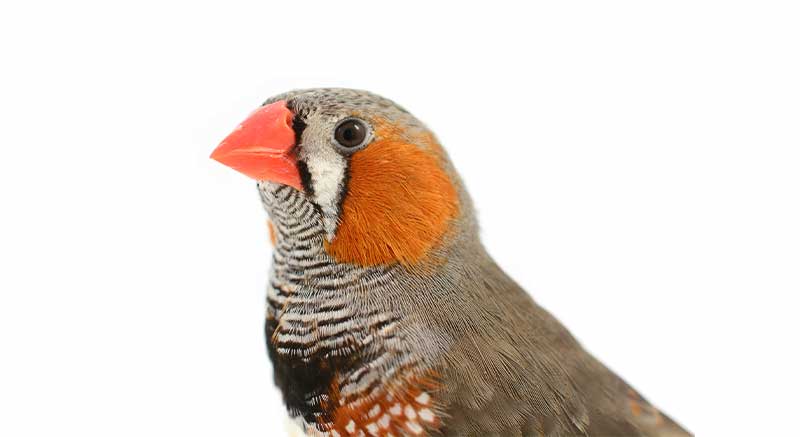
zebra finch
Name Dutch: zebra finch
Scientific name: Taeniopygia guttata
Origin: Australië
Age: On average 3 to 5 years, with occasional peaks up to 10 years.
Height: About 11 to 12 centimeters.
Birth: Egg laying, an average of 4 to 7 eggs which hatch after 13 days of incubation.
Activity: Day active
Legislation: None
Climate: Savannah
Stay: Aviary or bird cage.
Minimum size: Cage at least 60 cm wide, bigger is always better!
Food: Zebra finches are seed eaters, in nature they mainly eat grass seeds. A seed mixture for zebra finches or tropical birds is usually sufficient as a basis. The diet should be supplemented with egg food, green food, minerals and stomach grit.


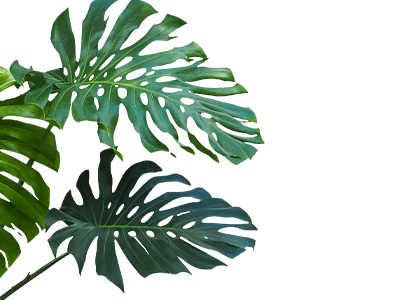
Description
The zebra finch is one of the best known and most kept aviary birds in the Netherlands. The origin of the zebra finch is in Australia. Because strict import and export have been banned for years, no birds have come from Australia for years. In fact, all zebra finches that are now in Europe are not wild zebra finches but farmed zebra finches. It is a tropical bird that can adapt well to our climate, making it easy to keep in an outdoor aviary. It is a bird that is not shy or sensitive and can therefore also be a suitable bird for novice bird lovers.


Difference Between Man & Woman
The difference between male and female in zebra finches is usually clearly visible. The man has, among other things, a zebra marking on the chest, a cheek spot and flank marking, the doll does not have these characteristics. However, there are dozens of different mutations, where the difference between male and female can be difficult to see with some colors. However, the male is still clearly recognizable by the following characteristics: a deep red bill and the song. A very pleasant melody.

Breeding the Zebra Finch
Zebra finches are generally fairly easy to breed. In general, they do not have specific preferences for a nest box, but they can nest in almost anything. Of course they do need nesting material to build a nest. The male builds the nest and the female arranges it, she lays about 4 to 7 eggs, sometimes 8. Usually the doll starts incubating from the 3rd egg, after about 13 days of incubation the eggs hatch. The young grow quickly and are fully feathered to leave the nest after about 17 to 21 days. They are then fed by the parents for another 2 weeks. By the age of at least 35 days they are usually independent.
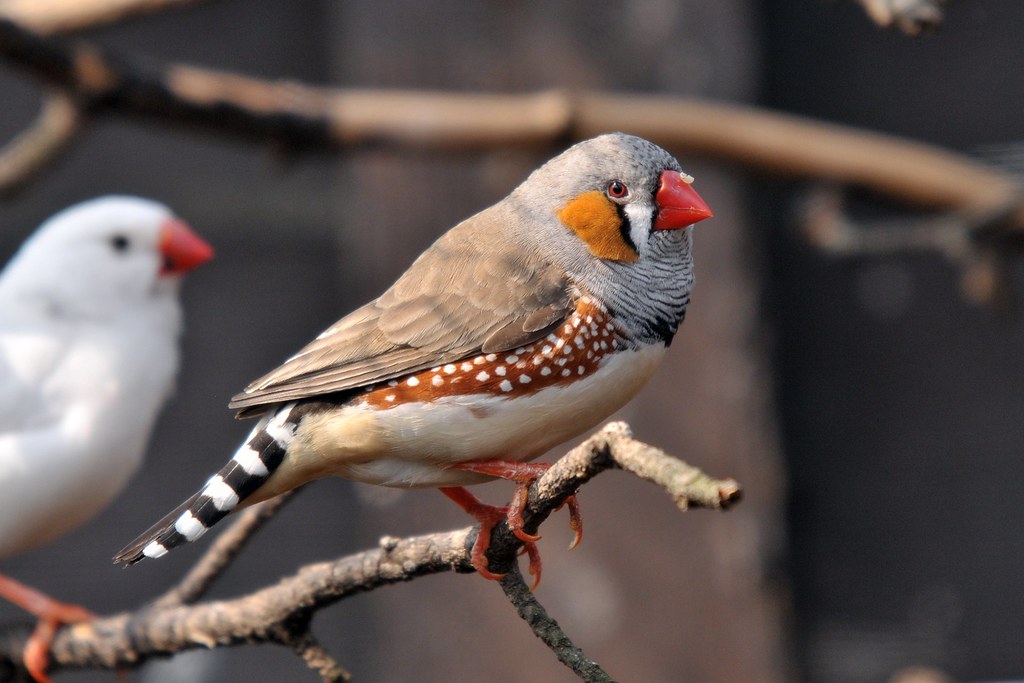
Reproduction
Zebra finches are fully colored by about 3 months. They can sometimes be sexually mature at about 3 to 4 months. Make sure that you only start breeding with zebra finches that are at least 1 year old. Problems with hatching and raising the young mainly arise because the parent birds are still too young to raise a nest. Zebra finches are on average 3 to 5 years old, but males regularly become much older than females. A zebra finch male of 7 years is certainly not exceptional, even 10 years occurs.


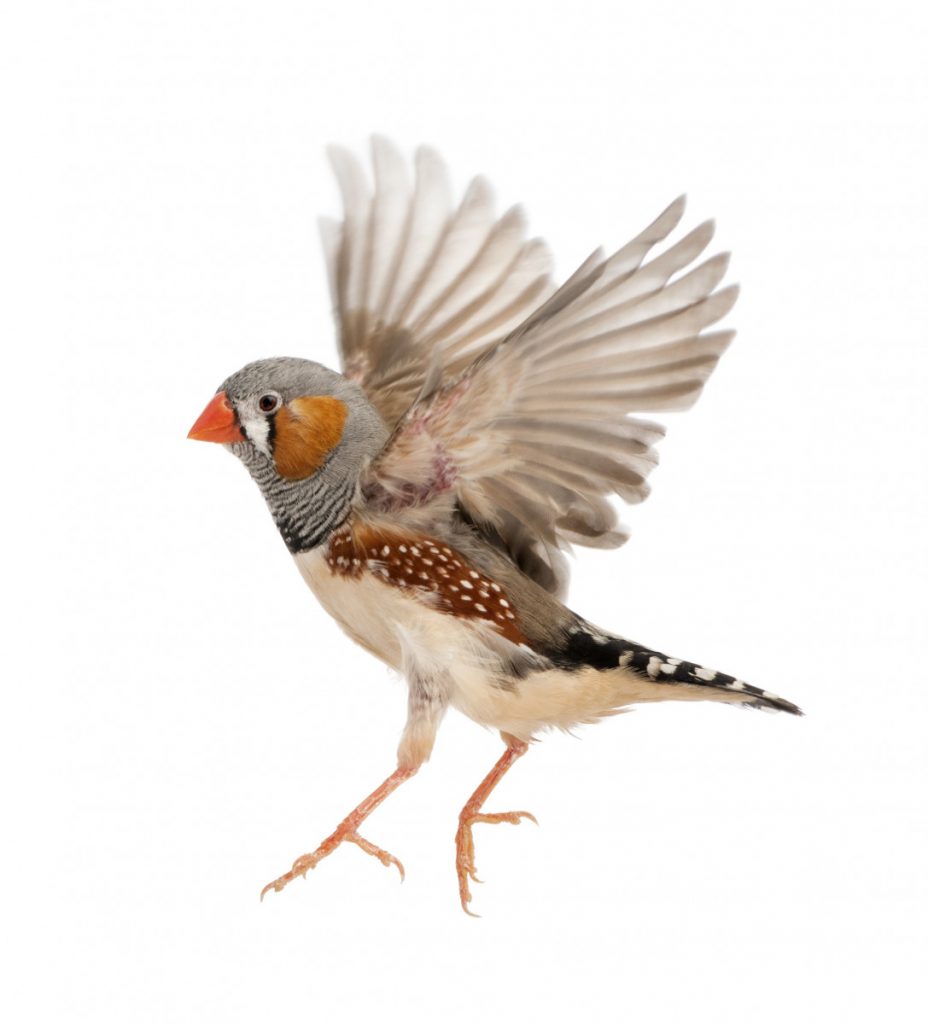
Nutrition
Zebra finches are seed eaters, in nature they mainly eat grass seeds. A seed mixture for zebra finches or tropical birds is usually sufficient as basic food. The diet should be supplemented with egg food, green food, minerals and stomach grit. Zebra finches may be given unlimited seeds, also provide fresh drinking water daily.


Combinations
Zebra finches are very popular and can be very cheap, but there are dozens of mutations and hundreds of color combinations possible. The quality and color determine the price, which can vary from a few euros, to many hundreds of euros for show birds. Zebra finches can therefore be relatively cheap to purchase, but also to maintain. Since they are not difficult, they can be a fun bird for beginners. It is also an interesting bird with many possibilities for advanced breeders.
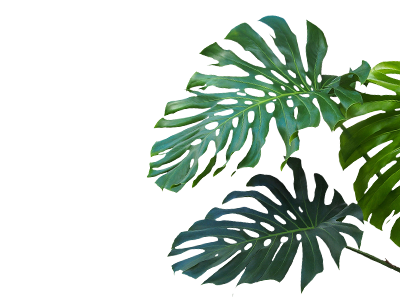

Together or alone?
It is best to keep only 1 pair, or at least 3 or more. With 2 couples, sooner or later it almost always becomes a fight. However, you can keep several men together, regardless of the number, without dolls. Zebra finches are group animals, so an aviary with 3 or more flocks is recommended, make sure that the aviary or cage is at least 150 cm wide or larger, otherwise it is too small for 3 flocks.
Zebra finches can generally be kept together in an aviary with various other types of birds, such as Japanese gulls, silverbills, amadines, rice birds, etc. As long as the aviary is of course large enough, and there is sufficient nesting space available.
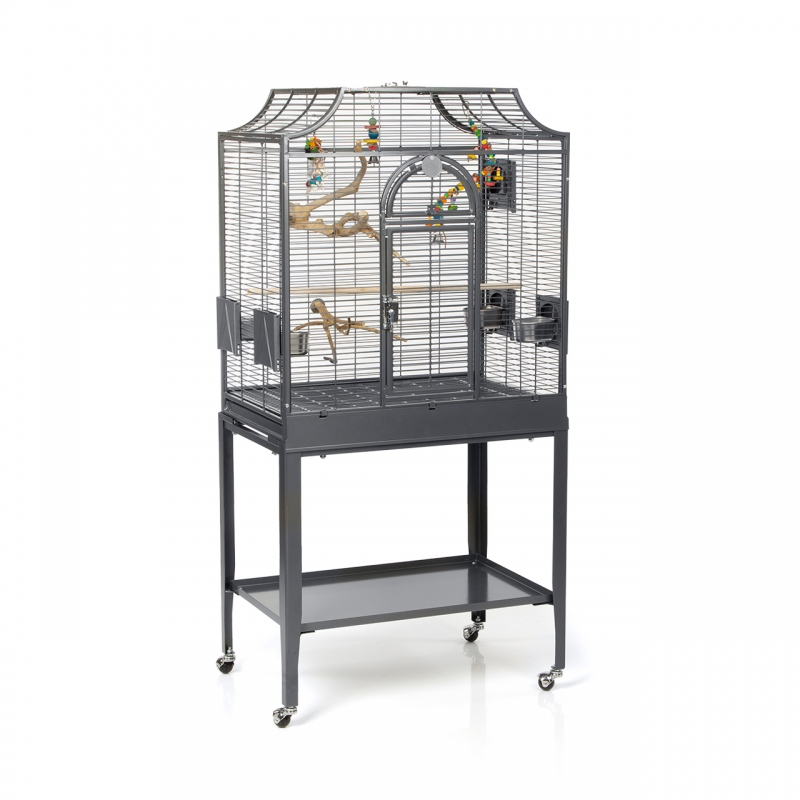
Caresheet
If you want zebra finches in the house or in the aviary, the cage should be large enough at least 60 cm, but bigger is always better!). It is best to keep only 1 pair, or else at least 3 or more. With 2 couples, sooner or later it almost always becomes a fight. You can, however, keep several men together, regardless of the number, without adding dolls.
Zebra finches are group animals, so an aviary with 3 or more flocks is recommended, make sure that the aviary or cage is at least 150 cm wide or larger, otherwise it is too small for 3 flocks.

